
The Road To A Resistance Victory In Myanmar
Driven by eight months of serial defeat at the hands of ethnic minority insurgent armies, the country's embattled State Administration Council (SAC) junta is shifting slowly but surely to what can best be described as a porcupine strategy – curling up on itself behind an array of lethally sharp quills.
Whether this war plan offers a viable path for regime survival will likely be decided in the coming months as what began early this year in the ethnic borderlands becomes an increasingly nationwide phenomenon. Indeed, in central Myanmar, the porcupine's shift towards the national heartland has already begun.
Since June 25 ethnic Palaung insurgents of the Ta'ang National Liberation Army (TNLA) and their ethnic Bamar People's Defense Force (PDF) allies have begun pressing army forces back toward Mandalay, Myanmar's ancient royal capital, with offensives in Madaya township immediately north of the city and towards Pyin Oo Lwin, home to the military's prestigious Defense Services Academy (DSA) that overlooks Mandalay from hills to the east.
The military's grinding retreat into apparently impregnable urban strongholds is a less conscious strategy than a chaotic response to an aggressive advance of resistance forces that shows no sign of easing. But even if enforced rather than planned, the emerging urban porcupine offers three distinct layers of advantage.
Militarily, it invites the opposition to come down from the hills and jungles of the borderlands and meet the army on the plains and rice paddies around large cities where the army's overwhelming superiority in artillery, armor and air power will be most lethally effective. Provided it can be concentrated to effect, such firepower stands to decimate ill-equipped and loosely coordinated PDFs.
Politically, the SAC's grip on urban areas maintains control over the majority of Myanmar's population and offers the foundations for fresh elections planned for next year – the only viable exit strategy for a military that has been trapped in a catastrophic political cul-de-sac since the coup of February 2021.
Diplomatically, meanwhile, if some form of electoral process – however transparently constrained and flawed – can be staged, the pseudo-civilian administration that emerges may manage to buy the military sufficient time to win at an internationally-brokered negotiating table what it currently risks losing on the battlefield.
Certainly, Myanmar's key neighbors, China, India and Thailand, and the Association of Southeast Asian Nations (ASEAN) bloc more generally will waste little time in endorsing the polls and expanding engagement with any administration dressed in civilian longyis rather than military khakis. Once that engagement gathers traction, it seems likely enough that the West will slowly, if grudgingly, fall into line.
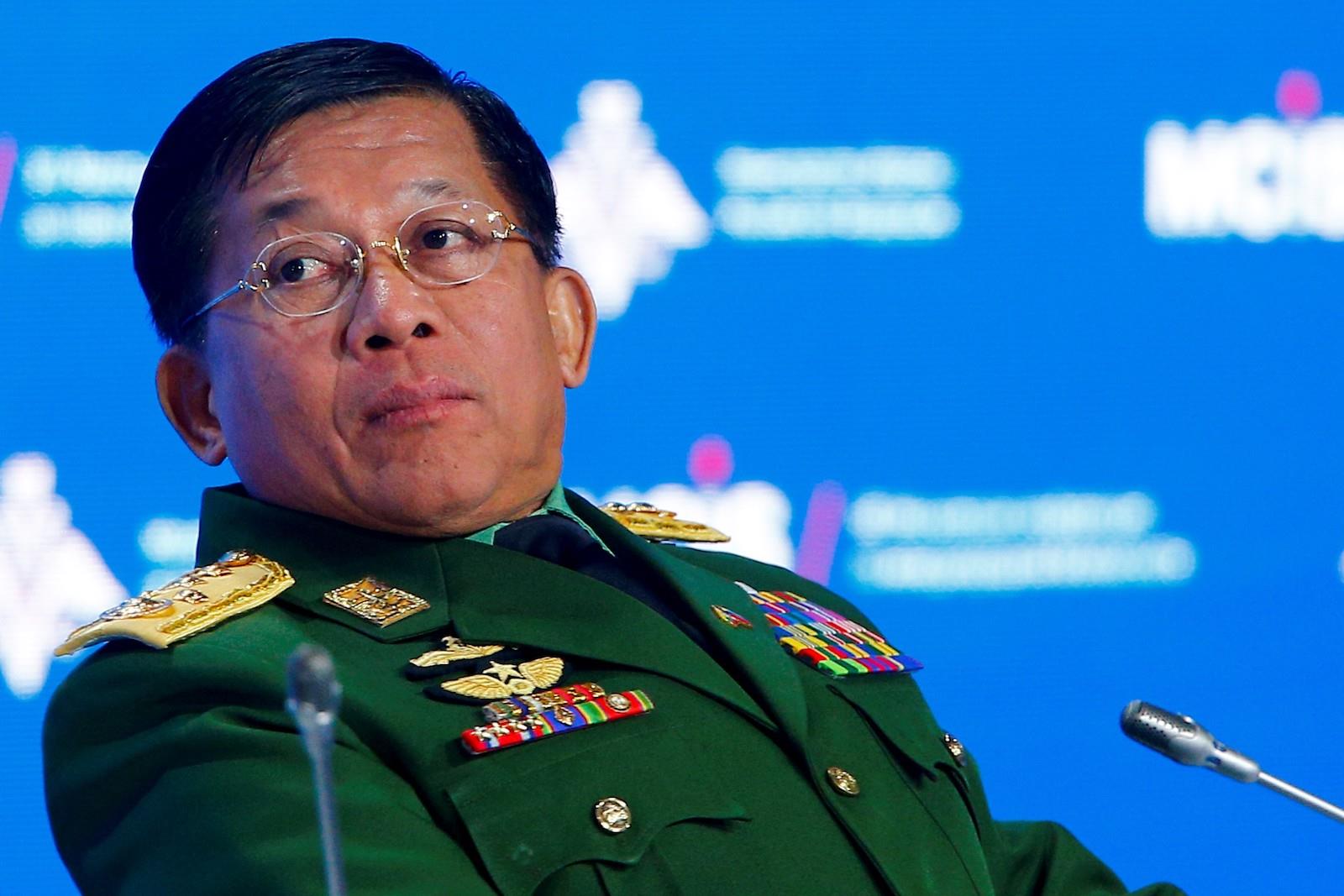
Myanmar junta leader Min Aung Hlaing is on the ropes. Photo: Asia Times Files / AFP / Sefa Karacan / Anadolu Agency
The overarching question for the coming year is whether the SAC's porcupine strategy anchored on the cities of the populous national heartland can sustain a military stand-off for long enough to ensure the military's ongoing central role in Myanmar's governance that it sees as its prerogative.

Legal Disclaimer:
MENAFN provides the
information “as is” without warranty of any kind. We do not accept
any responsibility or liability for the accuracy, content, images,
videos, licenses, completeness, legality, or reliability of the information
contained in this article. If you have any complaints or copyright
issues related to this article, kindly contact the provider above.

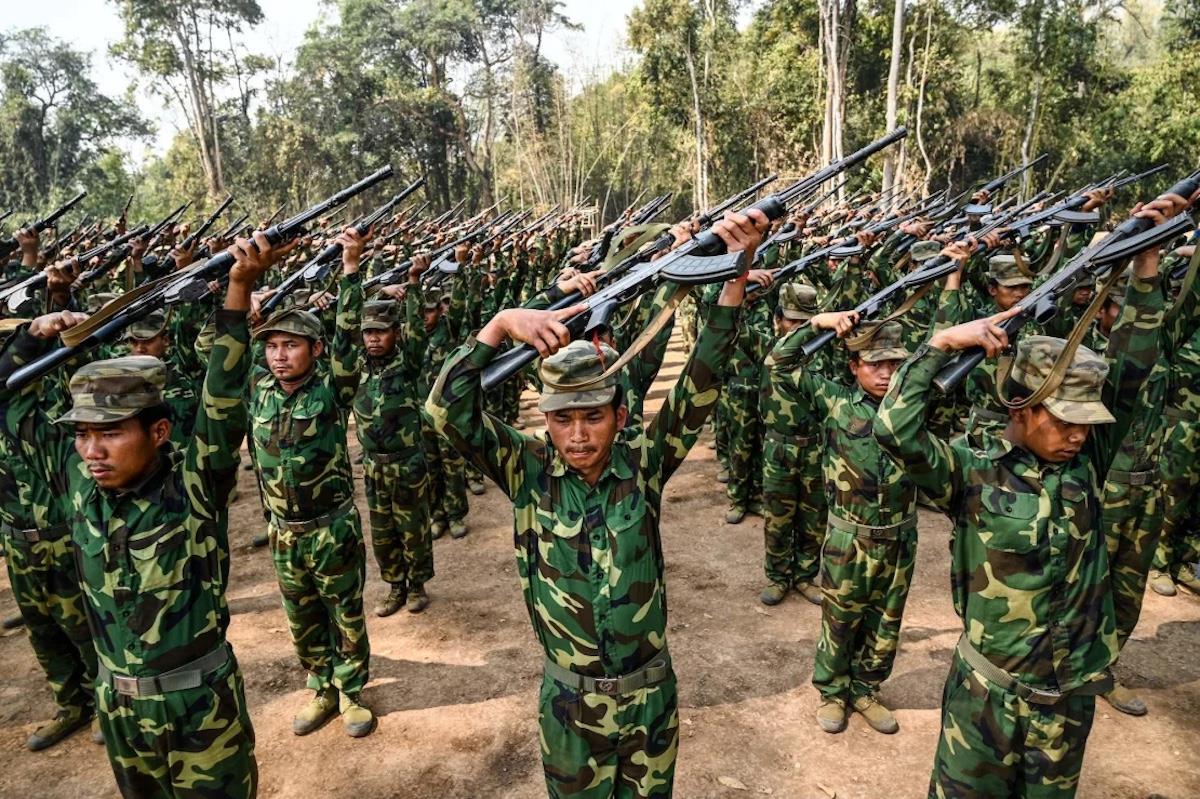
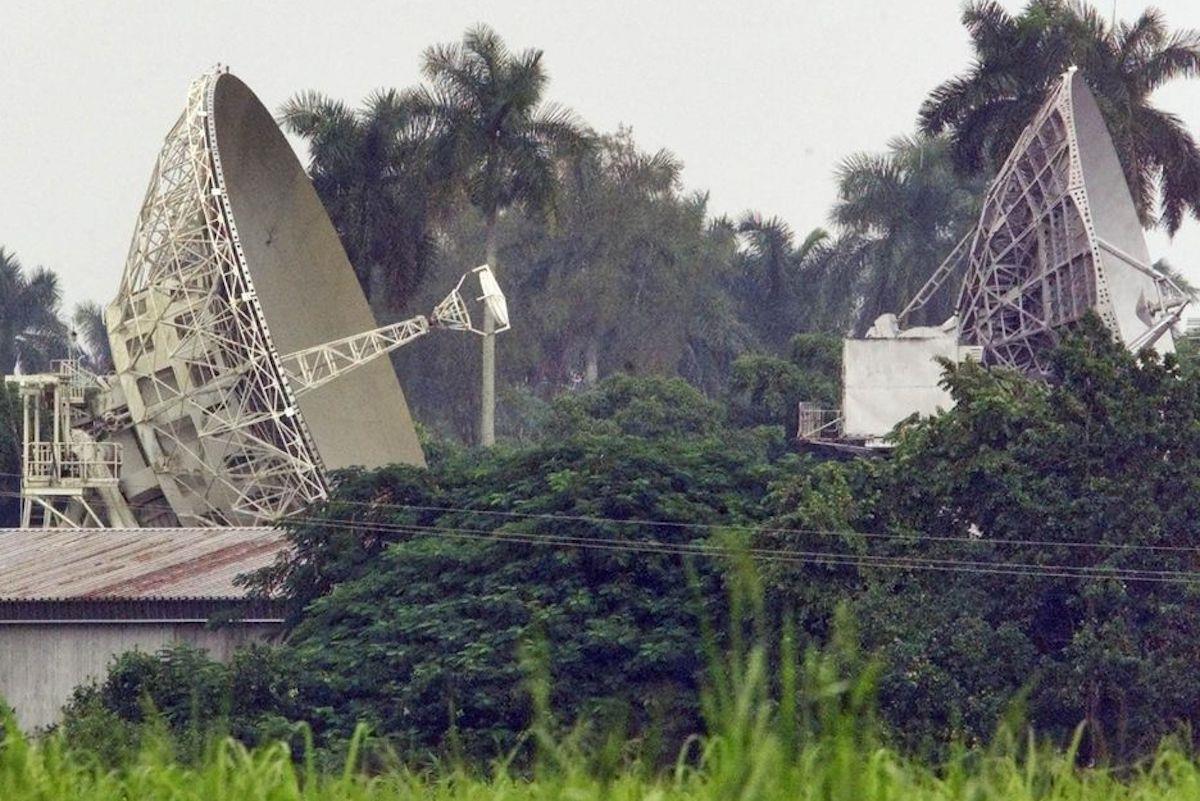
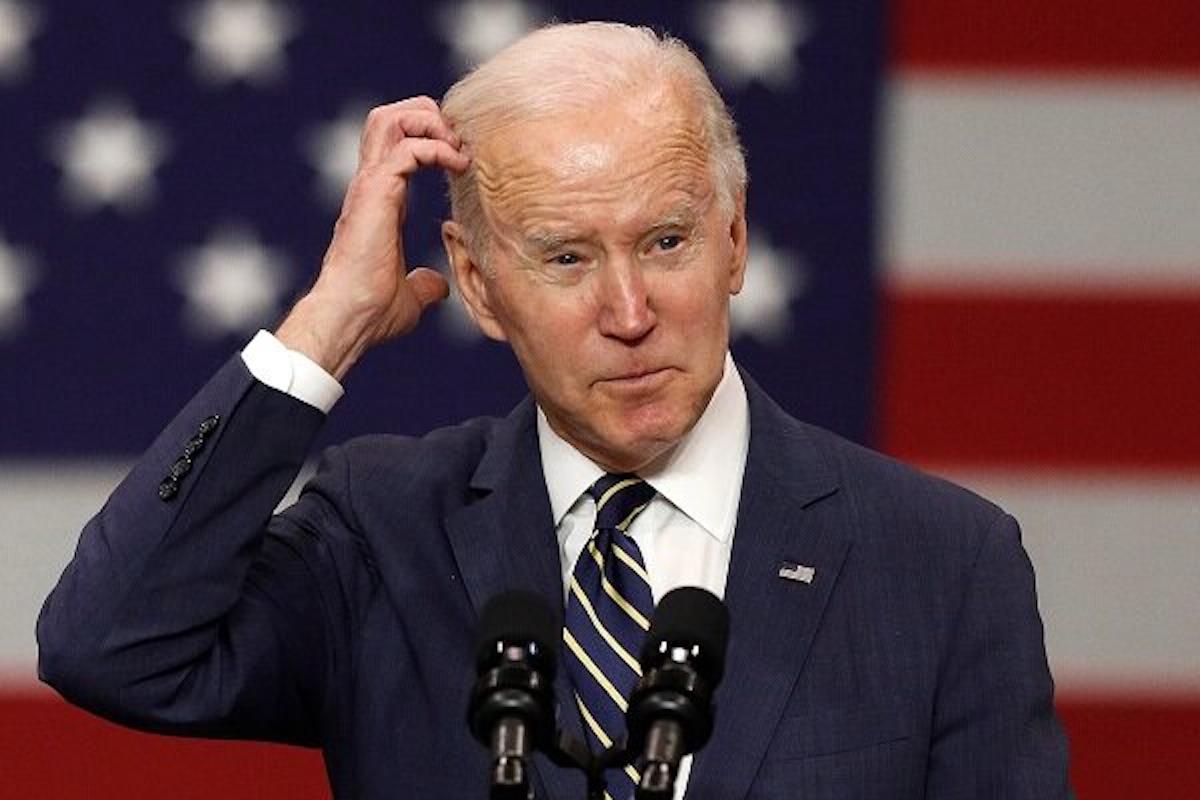
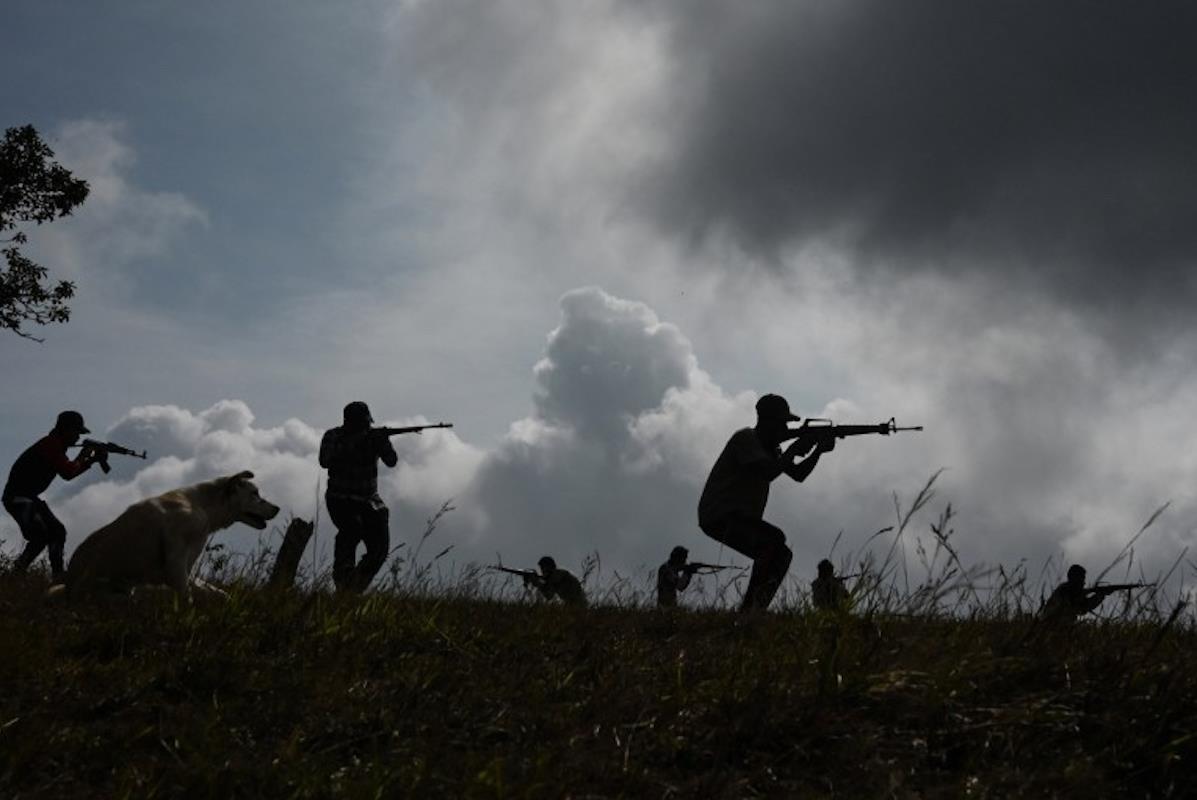
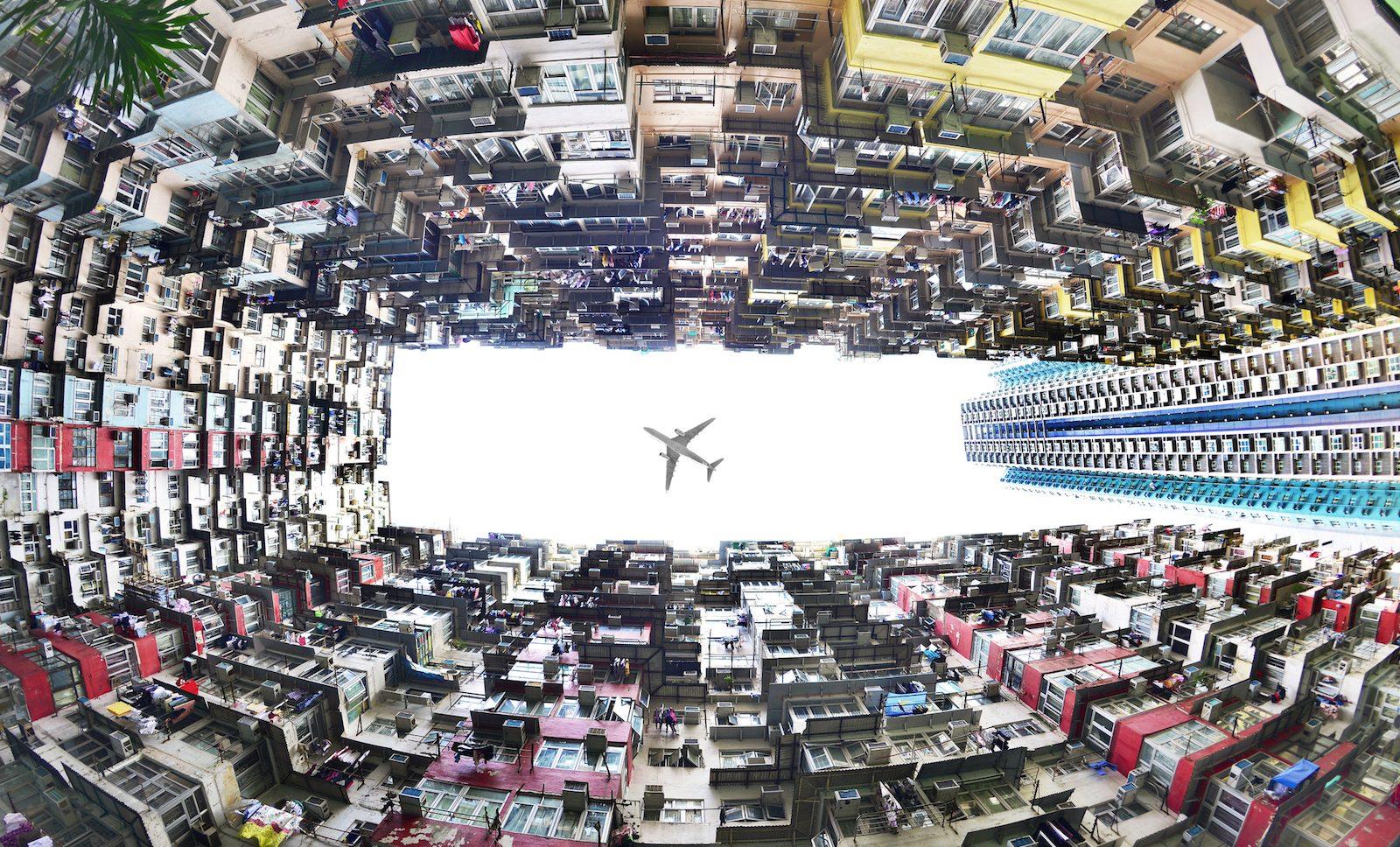
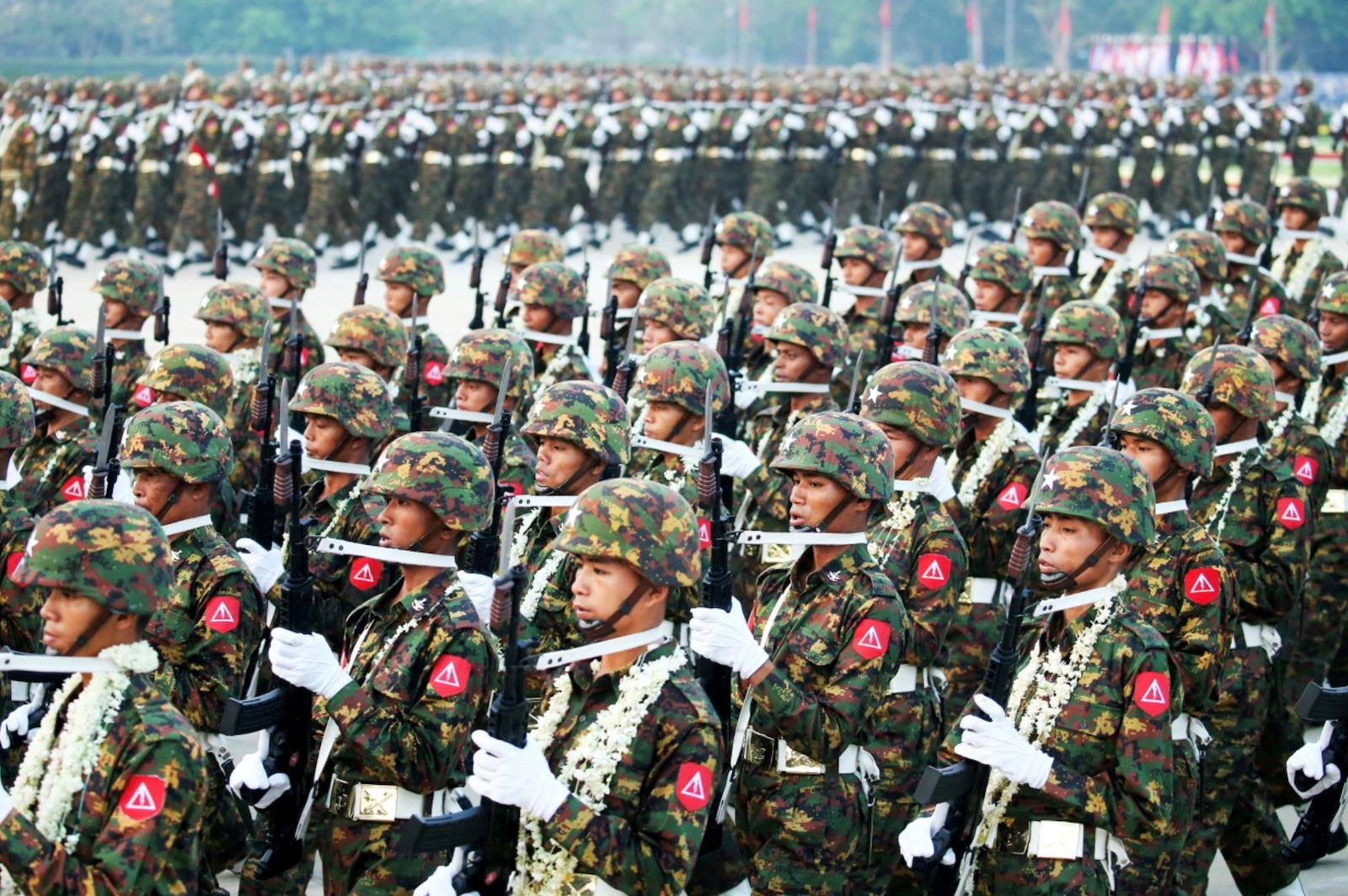
















Comments
No comment